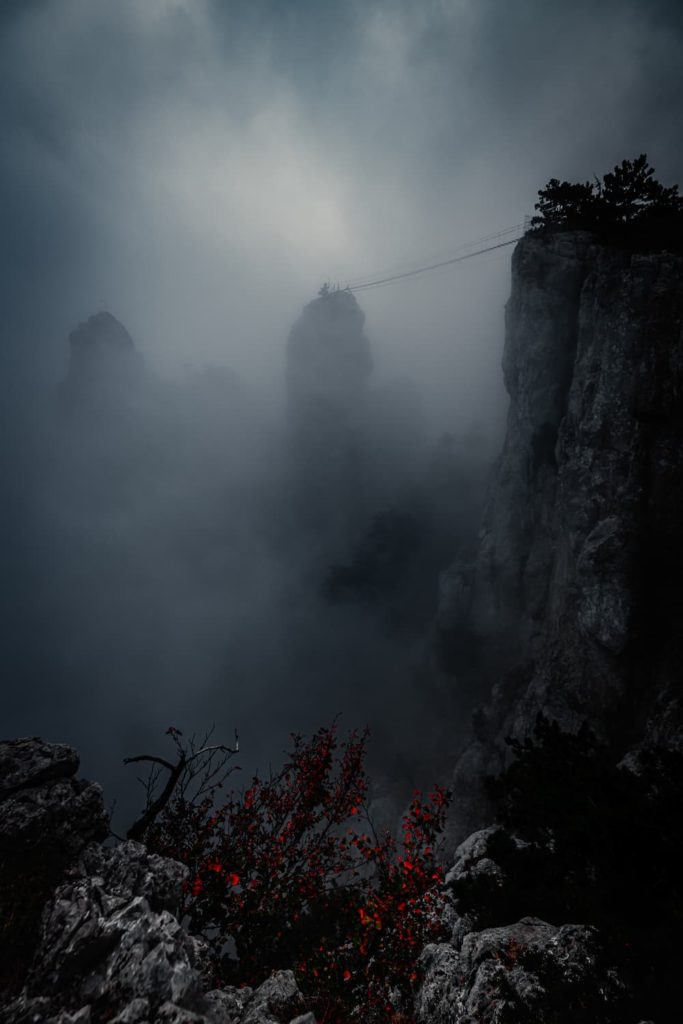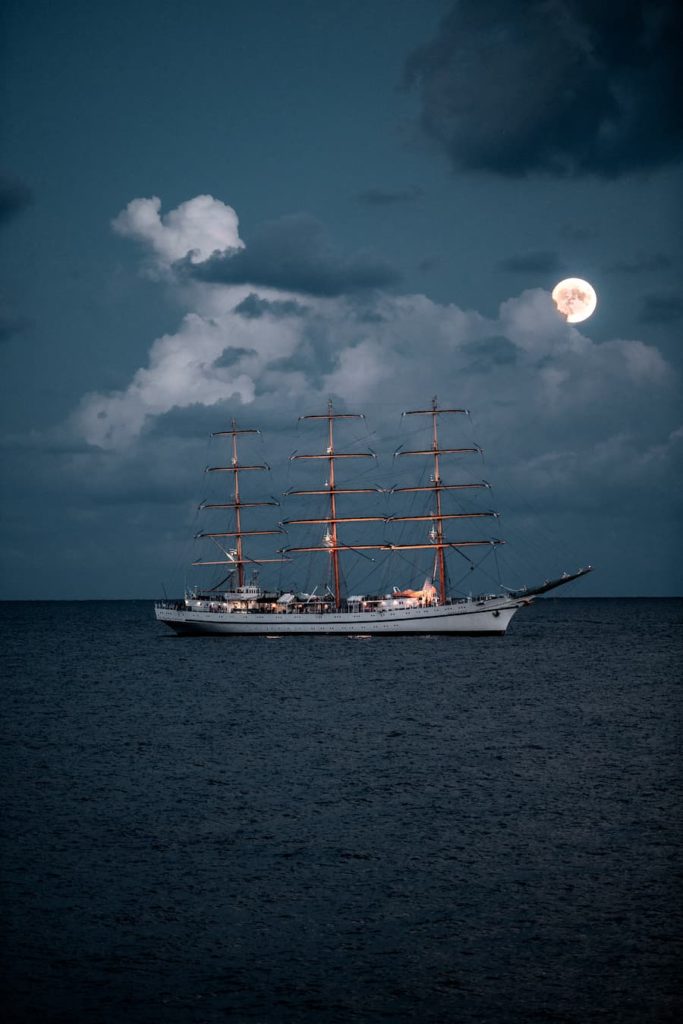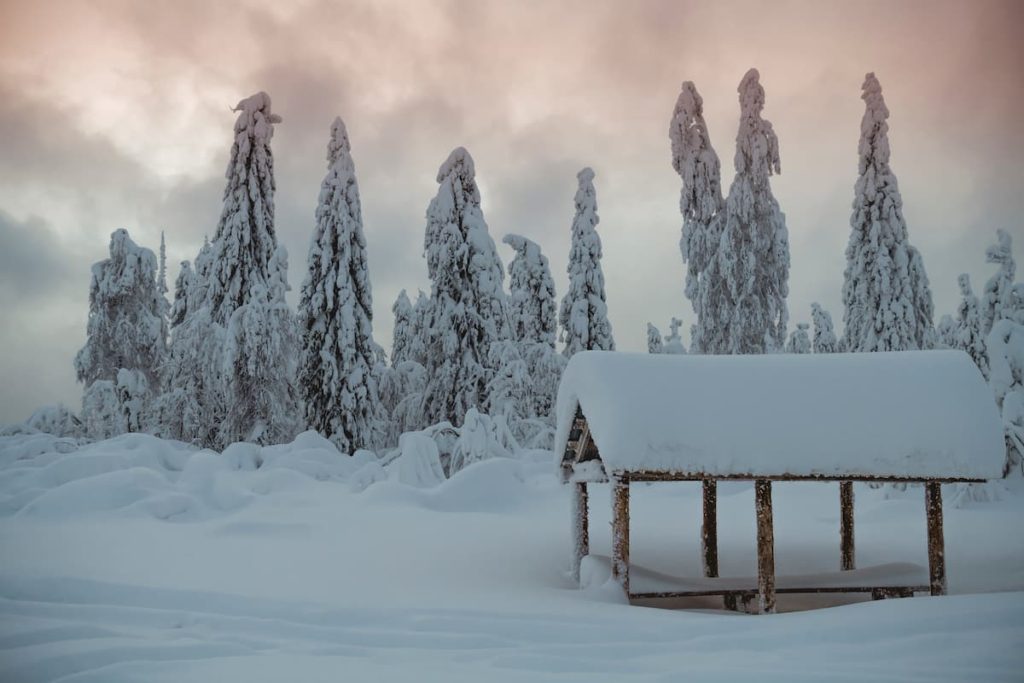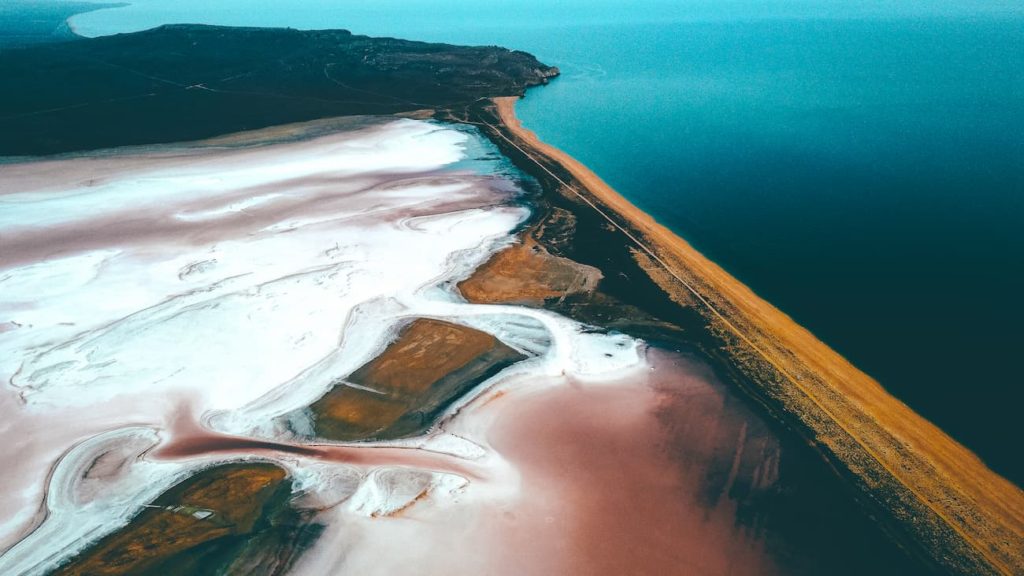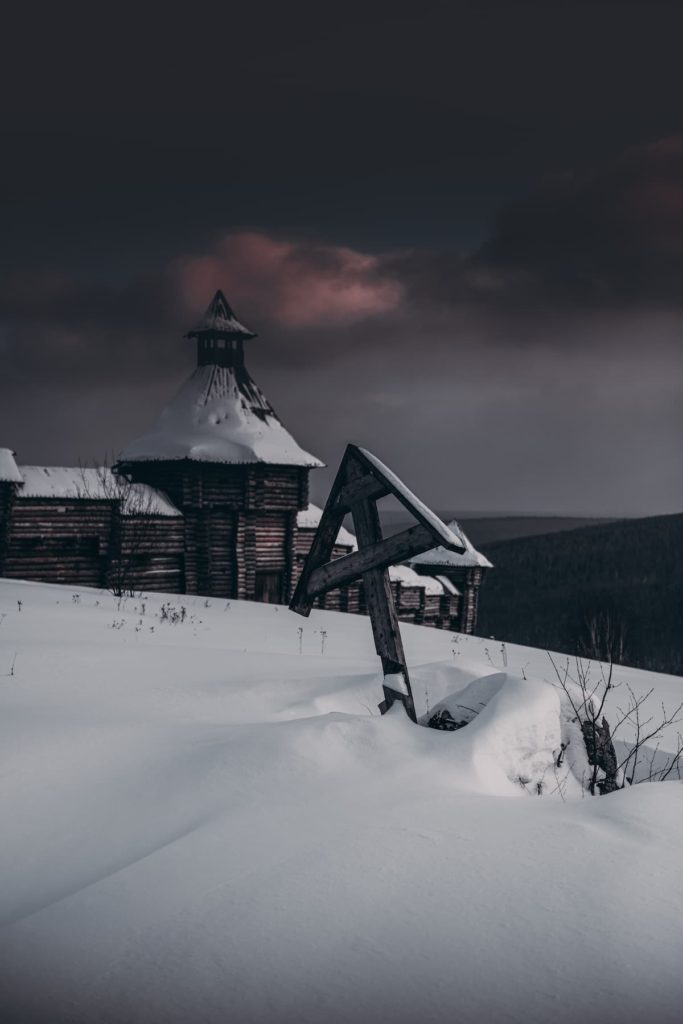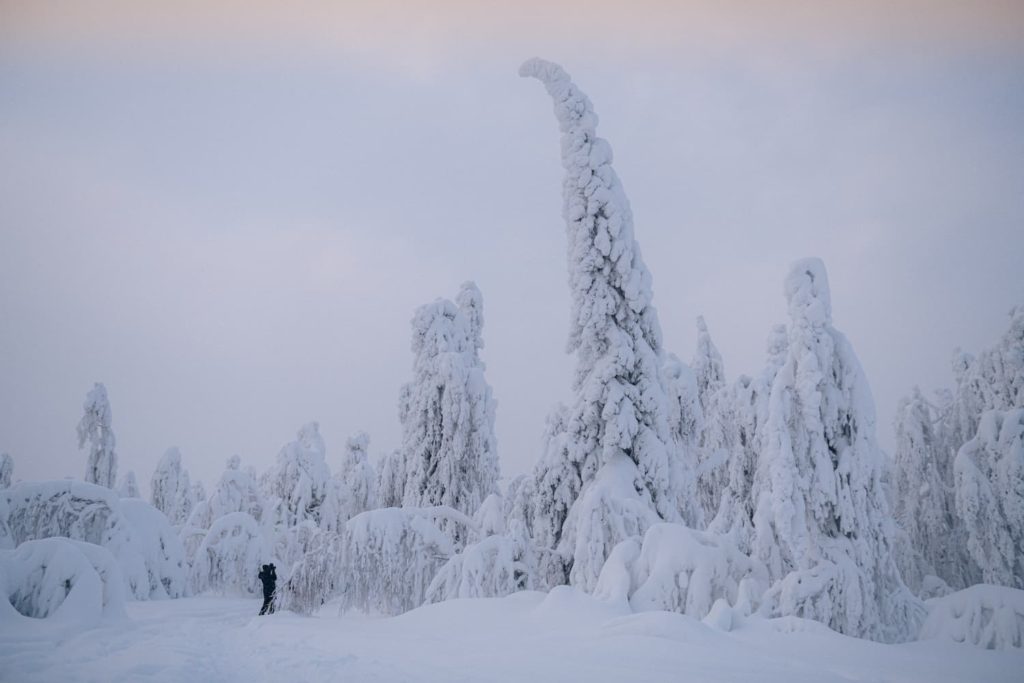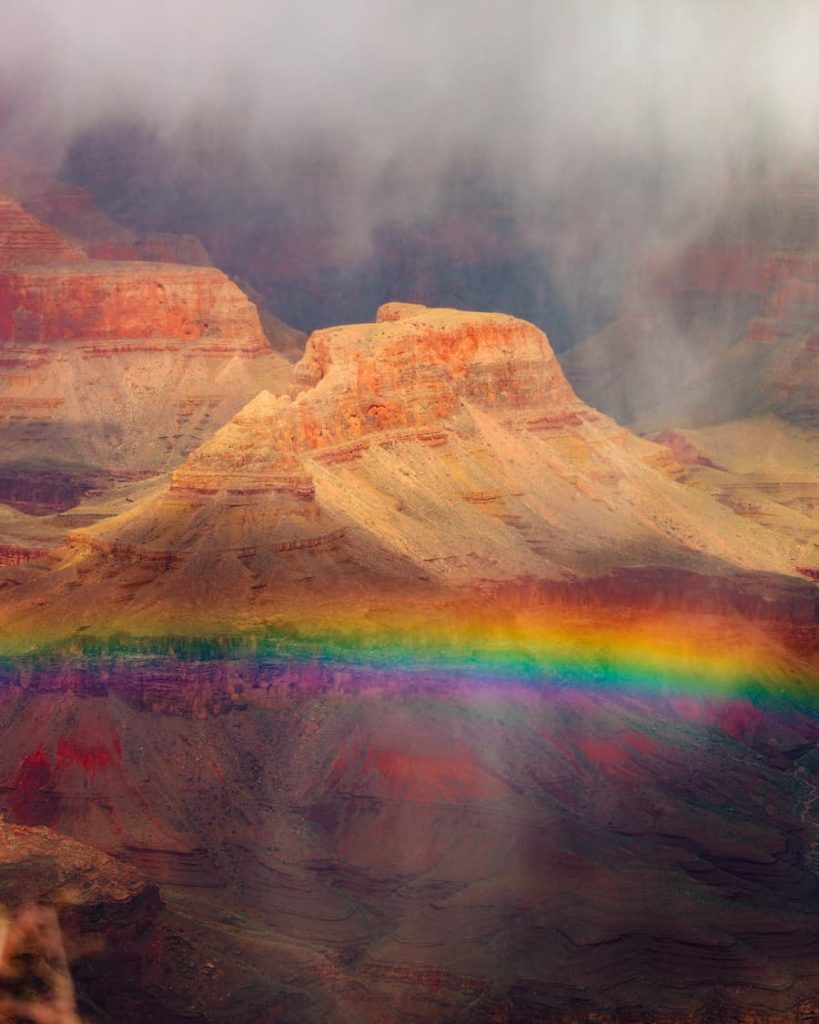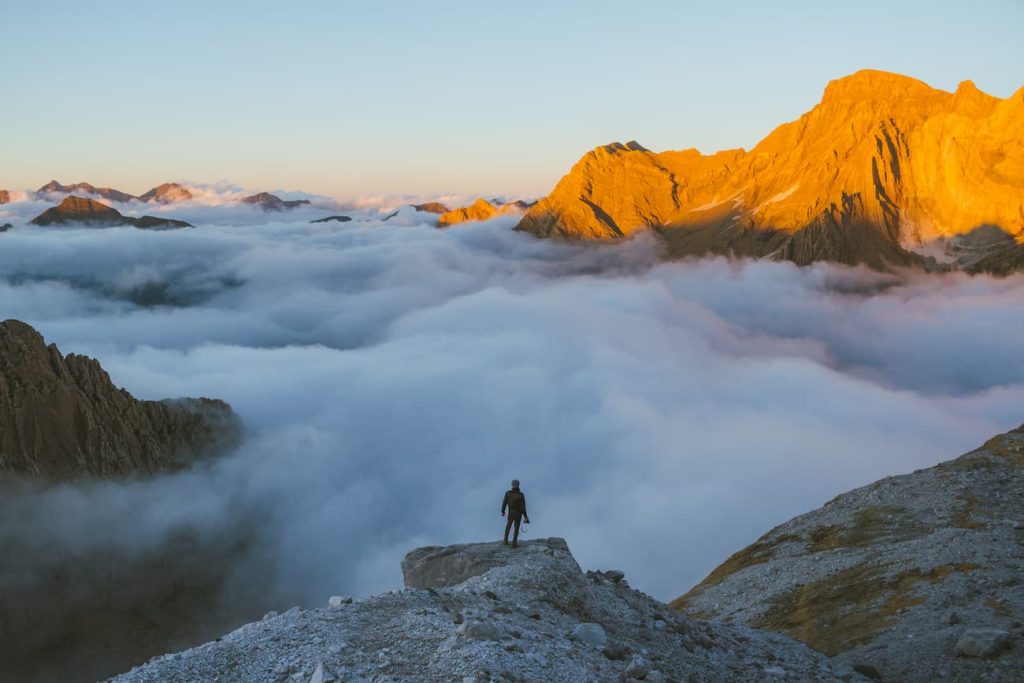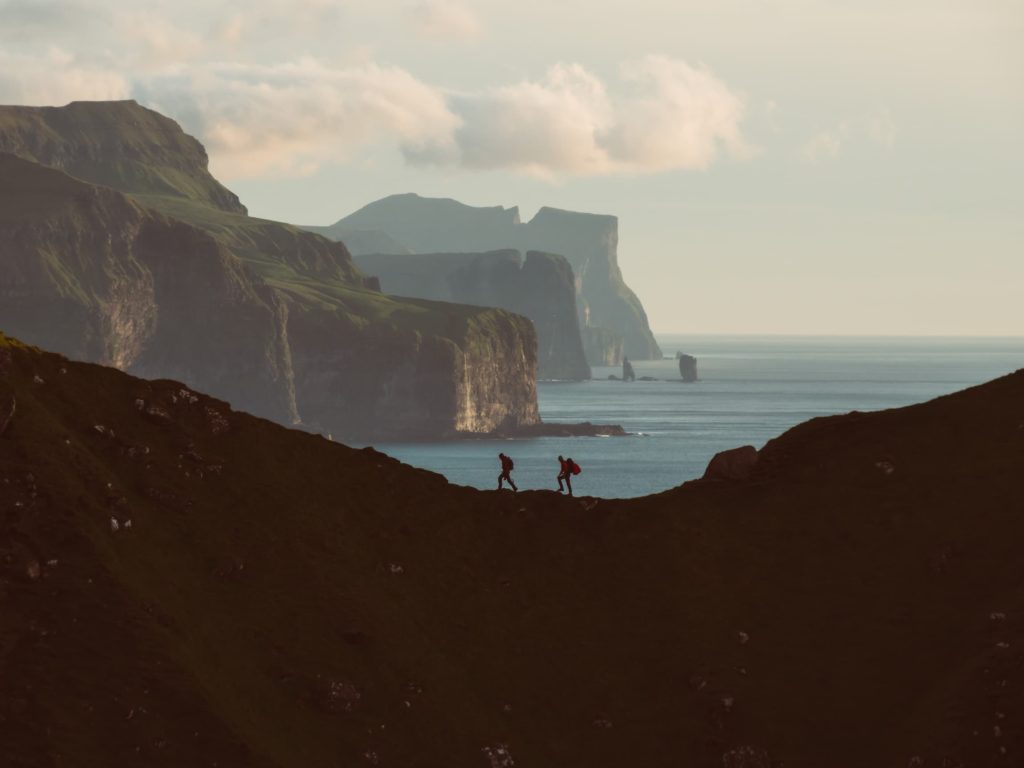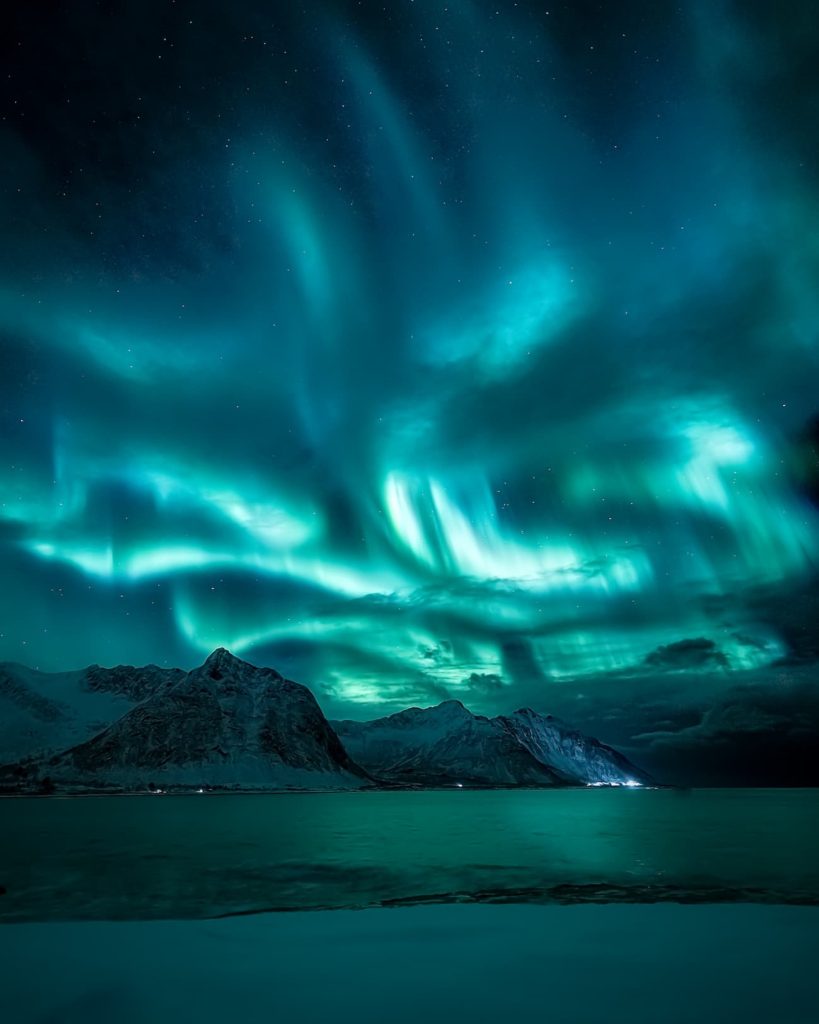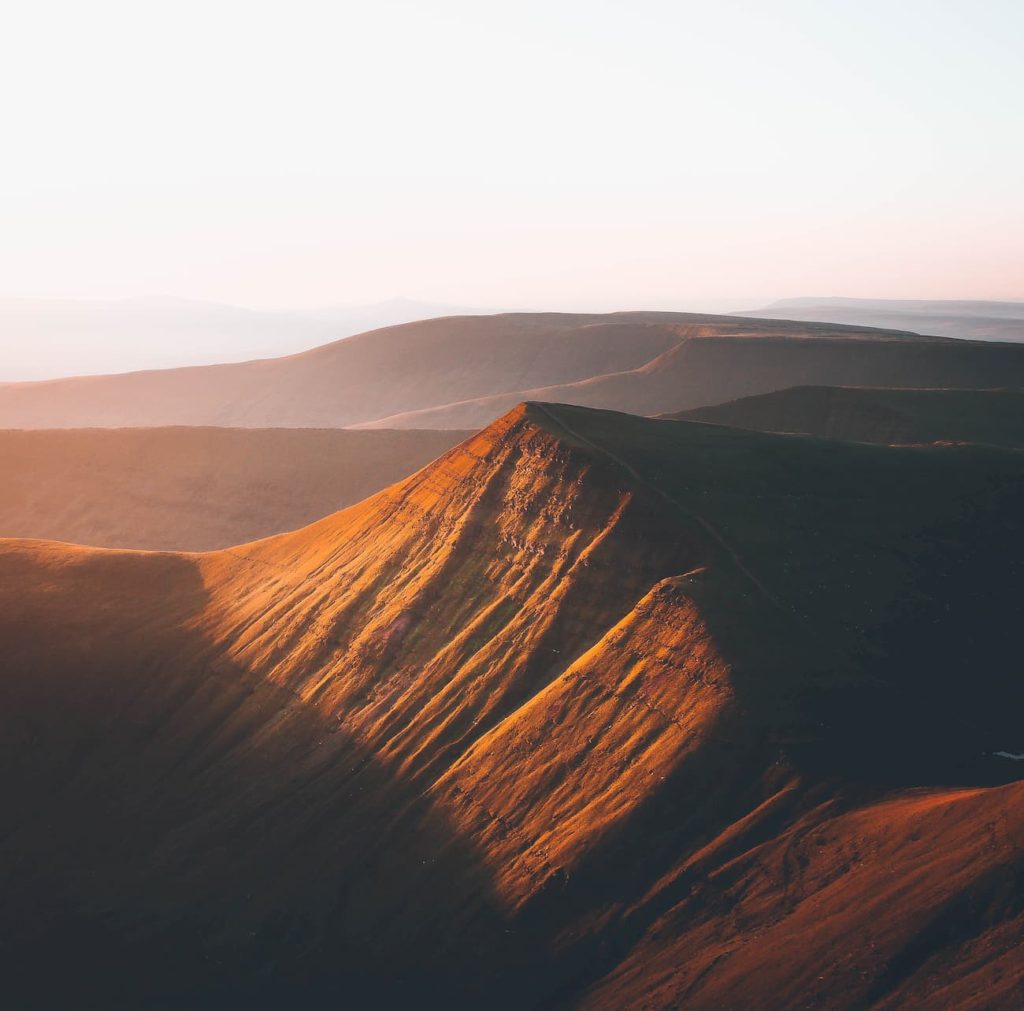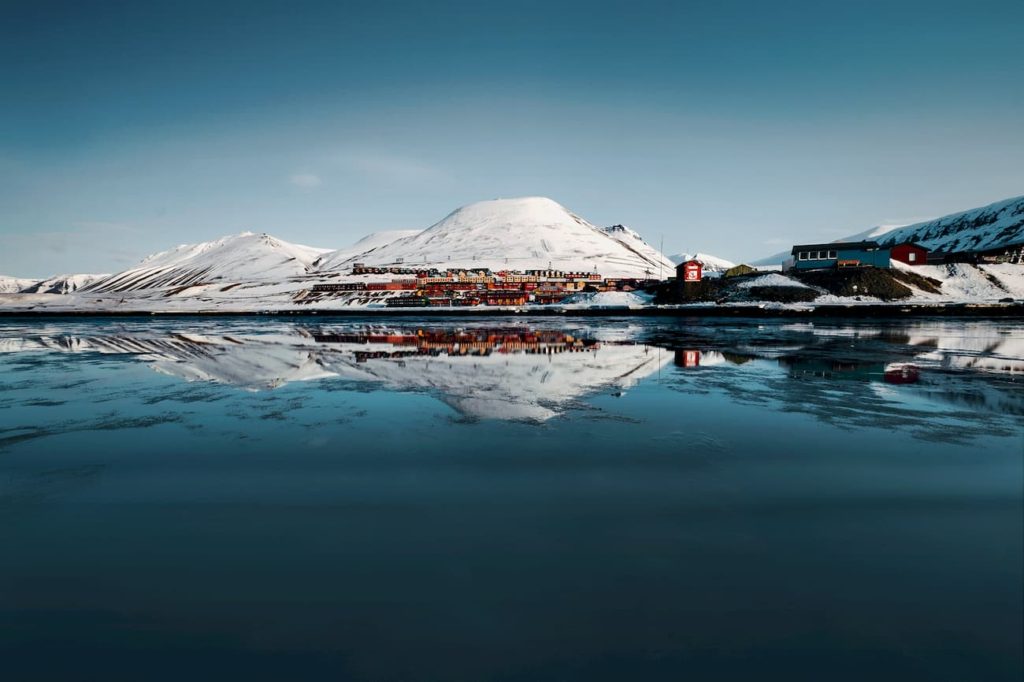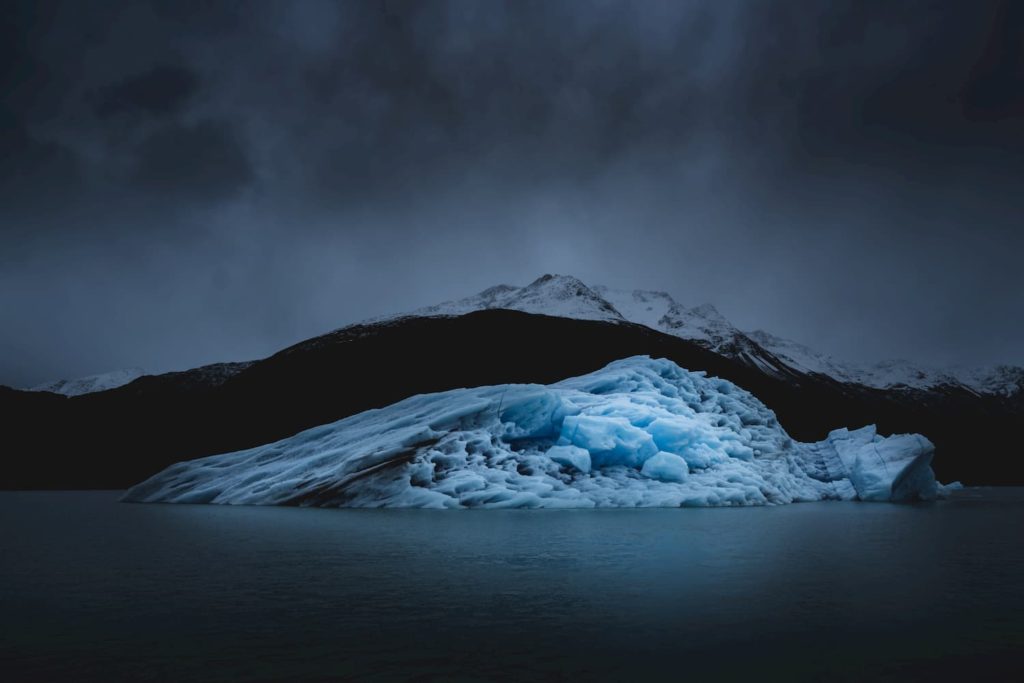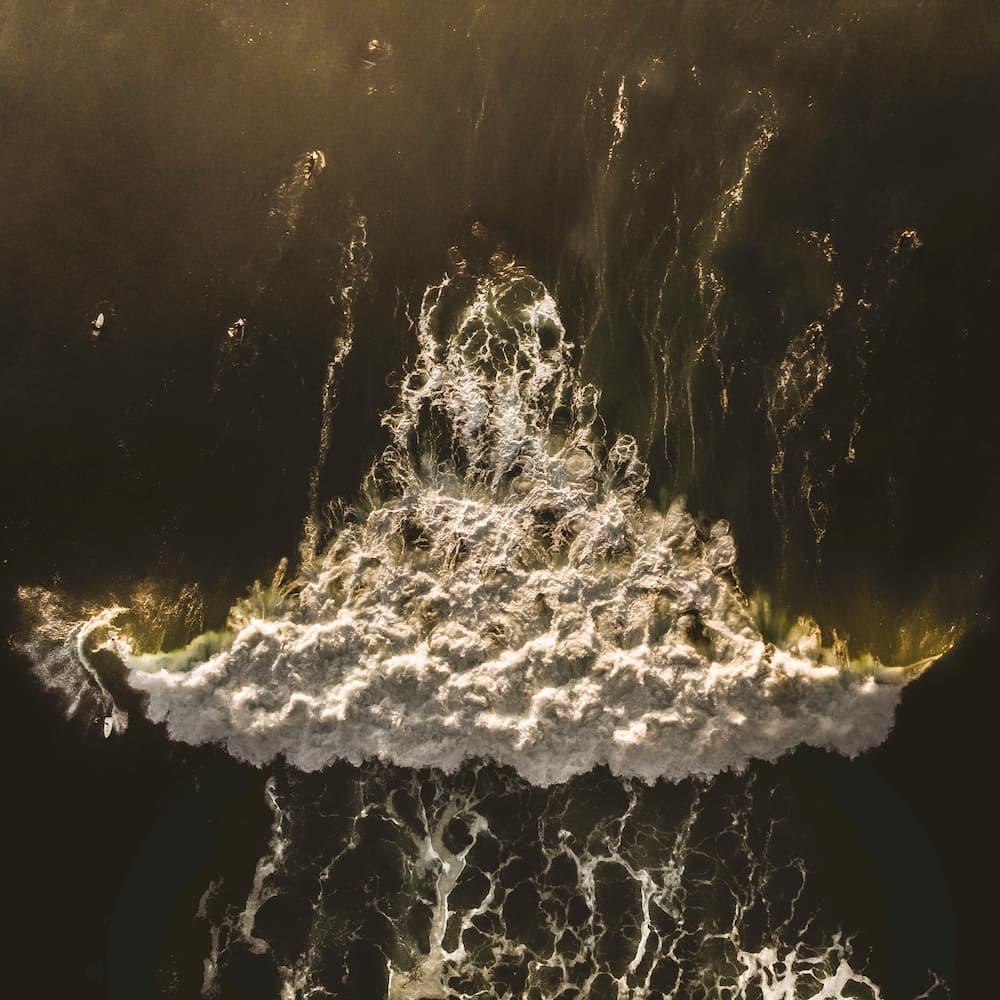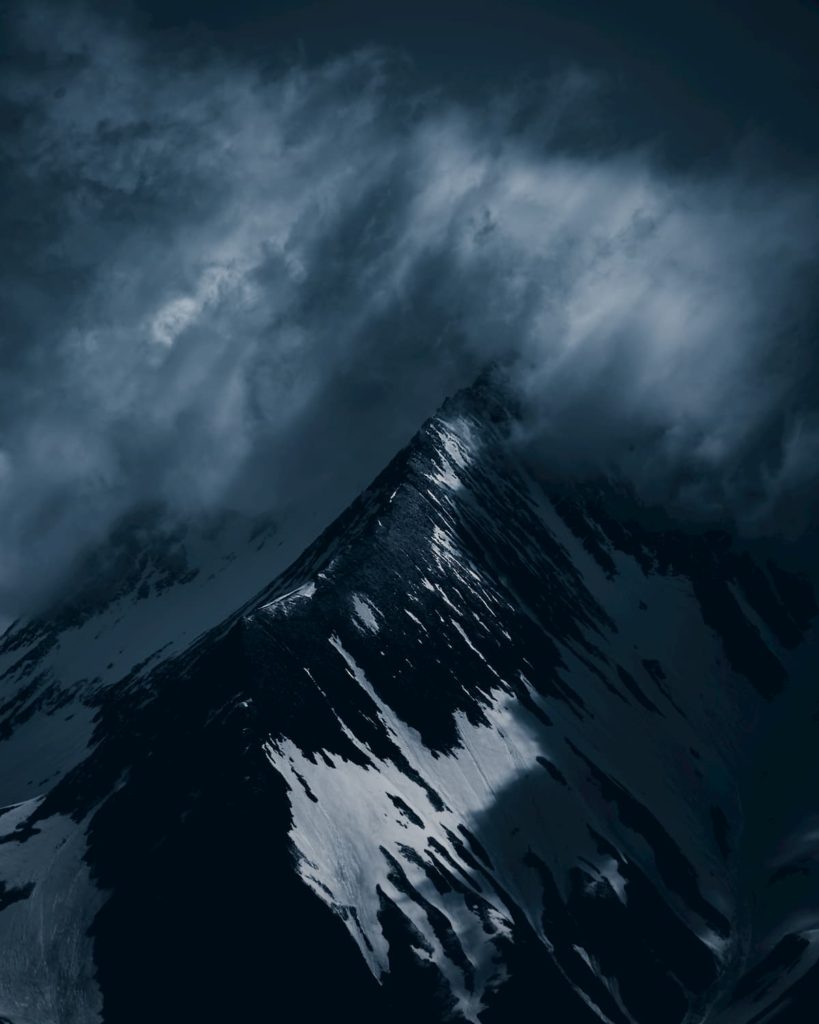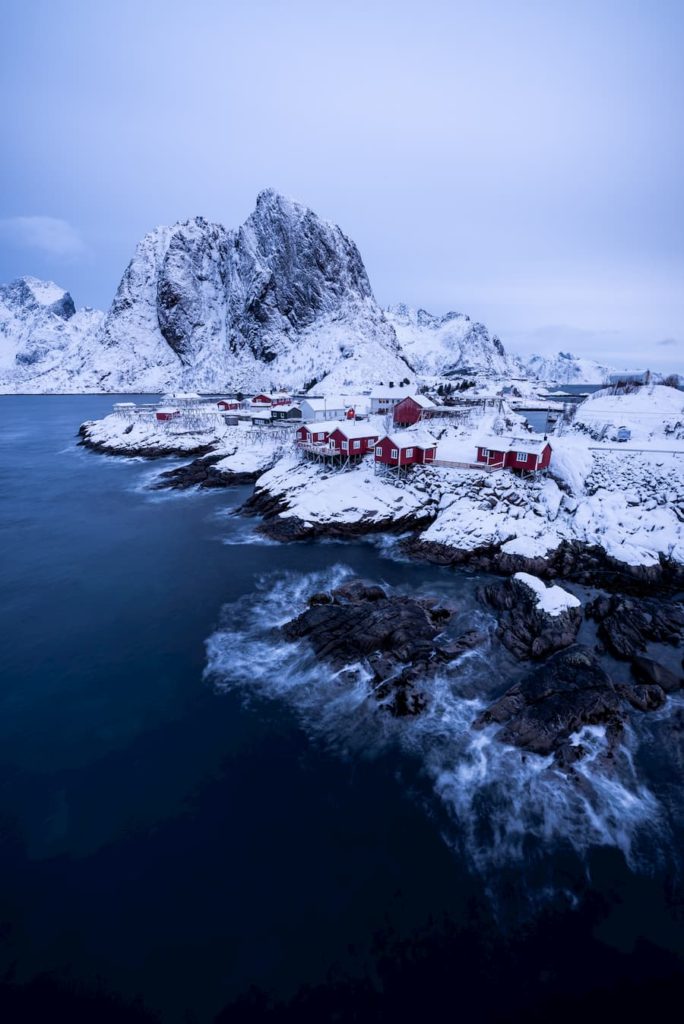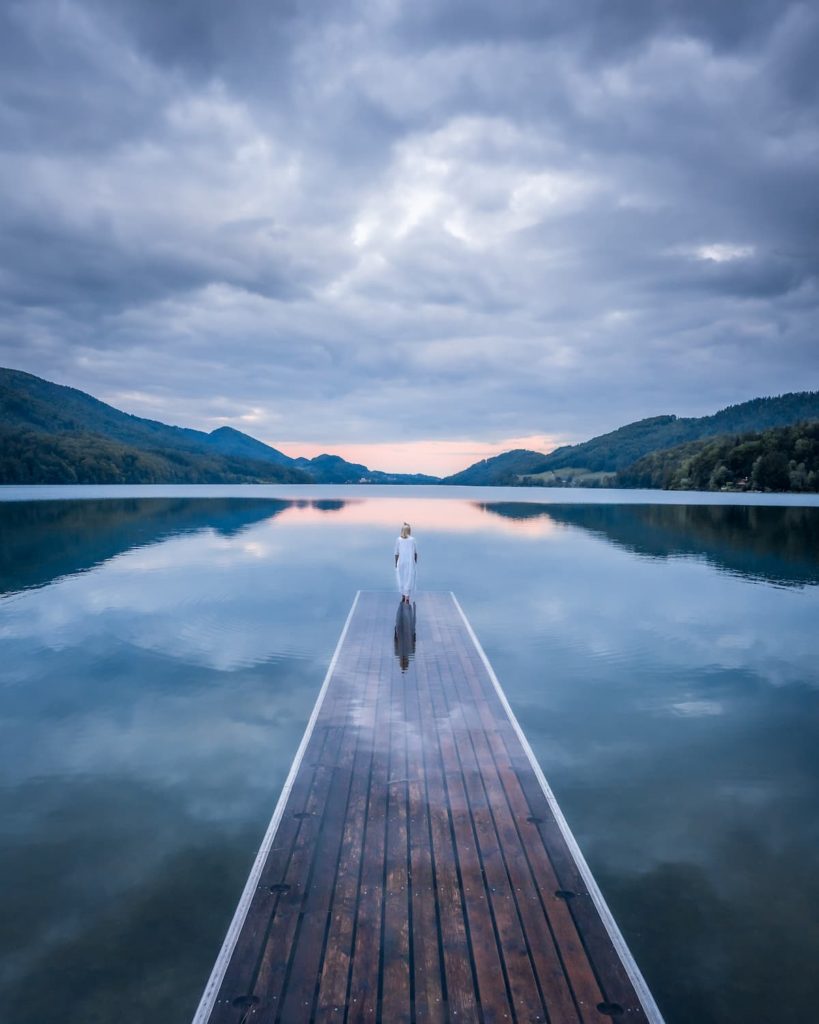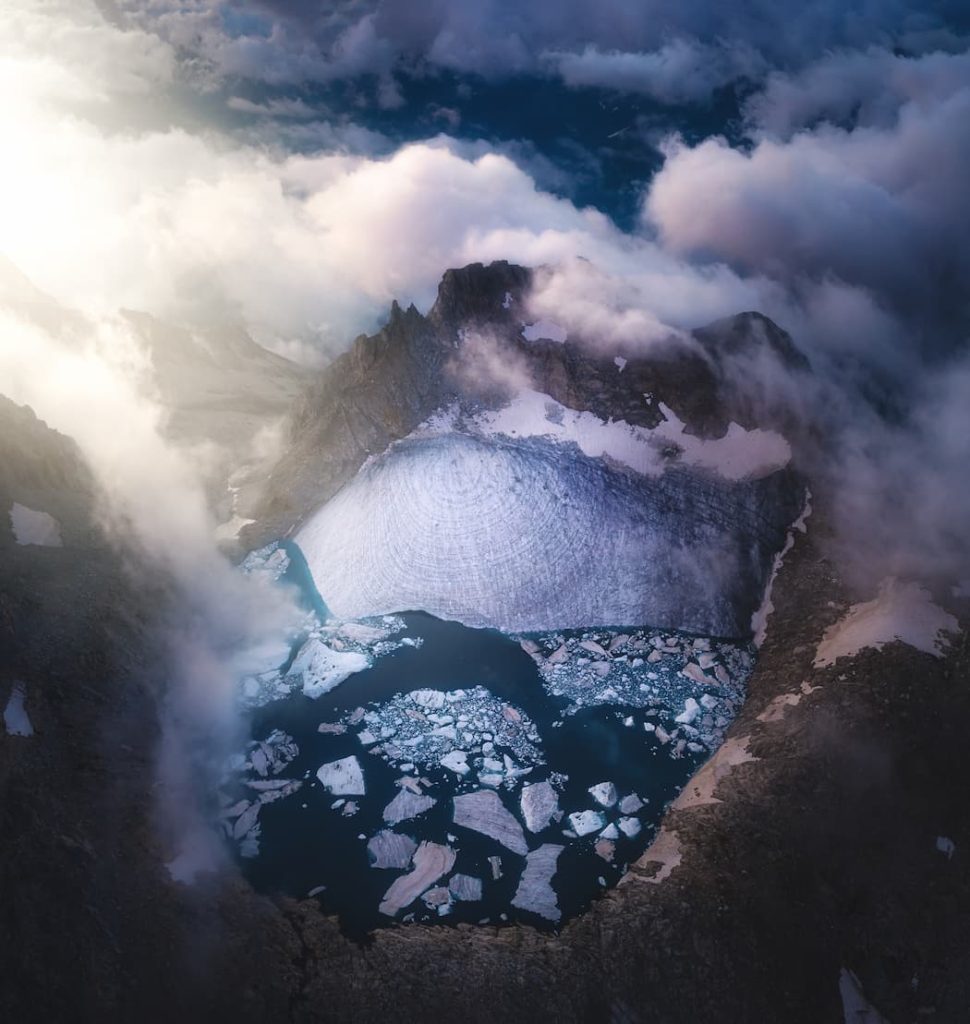
Maxim Monochkov
@maxmonochkov
Photographer based in Russia
My name is Maxim, an amateur photographer based in Russia. My wanderlust started a long time ago, about 18 years back in time (2003). When I was 13 years old, by coincidence, my family and I moved to Chukotka. Chukotka belongs to the regions of the far north and is one of the coldest and least populated regions of Russia. In the east, there is a sea border with the United States.
At the time of the move, I was still in school and was not very keen on photography, which of course I regret now because after all, Chukotka is absolutely exotic. However, moving to this land gave rise to a whole chain of events, thanks to which I developed a passion for travel. At school, my English teacher, Natalya, organized small group trips (up to 12 people) abroad. The purpose of such trips was an in-depth study of the English language, as well as knowledge of the culture and customs of another country. So in 2004 my first trip to England took place. The first couple of days I didn’t feel at ease: a foreign country, and surrounded by strangers that spoke a language that is not my native. But then I got used to it, and on the next two trips (Canada in 2005, Scotland in 2006) I felt much more comfortable.
"We can say that these trips inspired me; they allowed me to broaden my horizons. And I certainly wanted to see more."
At that time I had a small digital camera and I took pictures indiscriminately – I photographed almost everything. All modes were automatic, I just pointed at the object and pressed the button. This continued until I entered the university in Moscow and saw a friend’s SLR camera. He lent it to me to take some shots and noticed that this was already a different level. The camera literally swallowed me and I wanted to understand it, to understand photography in its completeness. The intricacies of settings, photography genres, the interplay of light, etc.
"A few months later, I bought my first Nikon DSLR. From that moment my journey into photography began."
I independently studied articles, watched videos on the Internet, experimented with the settings… For a while I was in search of myself, in search of a genre. At first I shot the streets of my hometown. Then I had a chance to shoot some sports events (drifting competitions), but I quickly got bored of it, and decided to move on. Then once, on social networks, I came across the photographs of a professional landscape photographer – Daniil Korzhonov (@danielkordan). In his work, he shows the majestic beauty of nature. In addition, he writes articles about his favorite creative techniques, his travel photography experience, and his approach. I also draw inspiration from The Essentials in the History of Photography by Ian Hayden Smith.
"Since then, I mainly take photographs that belong to the travel and outdoor photography genre and I continue to learn and improve every day."
My professional activity is connected to banking and for me photography is a hobby, but that doesn’t impede me in focussing on my photography goals too. I want to study portraiture and astrophotography – I dream of photographing the starry sky. And of discovering much more of Russia. Russia is one of the least photographed countries. The territory is very large, with many unique and hard-to-reach locations. But because of its colossal scale, I haven’t been able to explore all its corners yet.
"Now I live in the Perm Territory - it is located in the eastern part of the East European Plain and on the western slopes of the Middle and Northern Urals, in the Kama River basin."
Within the region around my house, I managed to visit and photograph places such as: Stone Town, Usvinskie Pillars (Devil’s Finger), Mount Memorial (Kolchimsky) Stone, Kungur Ice Cave, etc. And this is just a small part of the attractions that I visited within the area nearby. In order to see all the beauty of nature, it is not necessary to go abroad to well-known places, it is enough to go 100-200 km from home – and this is all one region!
In addition to the locations of the Perm Territory, I managed to contemplate the sights of the Crimean Peninsula (Ak-Kaya and Ai-Petri mountains, Cape Fiolent, Koyashskoye Lake), and the Krasnodar Territory (Krasnaya Polyana in Sochi, Yew-boxwood grove). I also have photographs from Moscow and St. Petersburg – featuring more street photography, geometry, minimalism.
I blog on Instagram and in my works I try to show my vision of nature, its scale and grandeur. Whenever I go out into nature and immerse myself in it, I feel free. We read stories with great envy and look at photographs from the USA, Iceland, Switzerland or Norway, but we do not appreciate what is in Russia.
"I want to show the beauty of my country, its diversity and uniqueness."
To obtain shots from different places, I plan all my visits to locations in advance: from the road to the destination, to the settings of the camera and the subject of shooting. To what extent it has to do with luck I don’t know, but almost all of these trips are going according to plan.
Visiting abandoned ships and buildings are part of the trips I plan. These long-forgotten objects are a reminder for us that nothing in our world lasts forever: ships once plowed rivers and seas, and now they are waiting in the wings at the docks. Buildings were once a place where people lived, worked, and rested, and now they are invaded by the force of nature, not caring whether there is a man on earth or not.
"With the absence of humankind, nature thrives and the Kingdom of people is replaced by the Kingdom of flora and fauna."
In one of my photographs – the peak of the Black Pyramid, I compare the scale of one person in relation to objects on Earth. This is a rather philosophical question: on the one hand, a person is a grain of sand in this world. Regardless of what problems you face in everyday life, finding yourself in the wild you understand how small and insignificant they are. Vast forests, unconquered peaks, raging seas and sultry deserts. It is here that it becomes clear where real power and strength is concentrated.
The anthropogenic factor is becoming the leading one, and without taking it into account, it is impossible to understand and assess what else will happen to our common home. The level of human impact on the environment is also determined by how the changed nature affects the further development of our society.
It seems very interesting to think that if some world cataclysm happened, the reminders of our civilization would quickly disappear. For example, the pyramid of Cheops would have remained standing for many thousands of years, all because historically, people built structures for centuries to leave the memory of their ancestors. Thanks to the preserved Egyptian hieroglyphs, for example, we can learn a lot about people who lived millennia ago. And nowadays, more and more information about our life is stored on electronic media.
I am not sure if online media, as the modern type of evidence of life, lives as long as physical structures. Whether it is more or less accessible to the eye of world citizens, more or less likely to be encountered and contemplated. But with my photography, I hope to create this evidence of life, of the contemporary natural world, as a memory of future ancestors.
Would you like content like this sent to your inbox?
NOMADICT
ART GALLERY
THE LATEST STORIES
WRITEN WITH PASSION TO INSPIRE YOU

Miroslav Maršík (@miromarsik): Photographer based in Czech Republic
In this article, Miro shares how his love for cinematic music evolved into a deep passion for photography and how he uses light, color, and atmosphere to turn the streets of Prague into living film scenes.

Aurora photography panorama workflow: A guide to camera settings, editing, and color
In this article, Stefanie reveals how her background in physics sparked her passion for astrophotography and how she blends science with creativity to capture the beauty of the night sky. Readers will discover her approach to color, contrast, and editing, as well as her aurora photography workflow.

Yhabril (@yhabril): Best of the Week 33 at #nomadict
Spanish photographer Yhabril captures the profound connection between humans and the mountains that shaped him. Growing up in the Pyrenees, his work bridges outdoor sports, landscapes, and celestial scenes — often blending athletes, moonlight, and wilderness into striking visual stories.

Ariane Totzke (@besondersschwierig): Photographer based in Switzerland
In this article, Ariane shares how photography helped her navigate personal challenges, connect authentically with people and animals, and develop a philosophy rooted in empathy and artistic freedom. Readers will also discover her ethical approach to wildlife photography and her trusted equipment for both camouflage techniques and cameras.

How to photograph Dutch tulip fields: A guide to light, gear, composition, and colors
Discover how to photograph Dutch tulip fields in their most magical light. From choosing the right gear and lenses to mastering composition, color, and aerial perspectives, this guide shares creative techniques to capture the beauty of the Netherlands’ tulips. Learn how light, color grading, and proportion bring emotion into every frame.
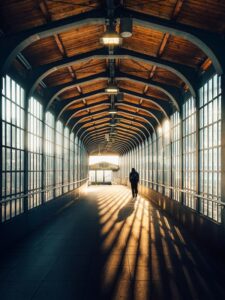
Cinematic city photography: An essential 6-step workflow
In this article, you’ll learn how to read and use light in your home city, choose the right technical settings for low-light scenes, and refine your editing workflow to shape color and atmosphere step by step. In addition, Dominik shares how to find fresh perspectives on familiar locations, five lessons that transformed his photography, and insights on the future of street photography.
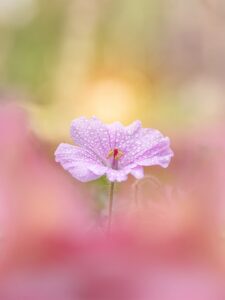
Kyle van Bavel (@kylevanbavel): Photographer based in the Netherlands
Kyle van Bavel is a macro photographer with a distinctive, dreamy style that transforms the unseen details of nature into magical worlds. In this article, he shares how his unique vision, shaped by a journey of self-learning and overcoming dyslexia, has become his greatest creative strength.

Inês Preto (@minespreto): Best of the week 20 at #nomadict 2025
Inês is a nature photographer drawn to wild, remote places where weather, wildlife, and mood shape her storytelling. In this article, she shares the behind-the-scenes journey of capturing the Best of the Week image: a puffin trio on the Faroe Islands. She explains how she approached the edit of this image, and shares key lessons she’s learned through experience.
